Workplace lighting matters more than you may realize. It can affect everything from employees’ mood and productivity to your energy costs. Replacing outdated fixtures with high-CRI LED lighting systems is a start, especially if they come with human-centric lighting controls.
You can adjust the lighting to meet specific needs or to follow the sun’s movement throughout the day. Installing one or two LED lights isn’t going to make a difference, you need a comprehensive plan that outlines the number of fixtures necessary to illuminate the space.
Calculations are involved. You need to factor in the room’s size and dimensions. Along with cavity ratios, and light loss. The answers to these calculations will tell you how many and what type of fixtures you need.
Different Types of Office Lighting Fixtures
Different types of LED office lighting work best in specific applications. Using the wrong one may not give you the intended results.
All-purpose Lighting
All-purpose lighting fixtures are often pendant or suspended delivering even light across larger spaces. Before installing the fixtures consider maintenance. Chandelier and pendant-style office lighting are cost-effective. Installation costs are lower than with some other types of lighting. It’s also a little easier to change the bulbs as needed.
Recessed Lighting
Using recessed lighting gives workplaces a clean and uncluttered look and reduces employee distractions. It can also give more freedom to designers and architects that don’t have to work around lighting fixtures. Recessed lighting is usually concealed in the ceilings or along the upper walls.
Commercial-grade Lighting
Commercial-grade lighting is ideal for use in multiple applications in offices, retail spaces, and workplaces. These lighting products often come with features that include up and downlighting. You can highlight a space or product, add ambiance to an area, and use the fixtures for general lighting purposes.
Reduce power usage with LED daisy-chain lights and install various controls to adjust the lighting as necessary.
There are specific lighting metrics that you should consider when upgrading your retail, restaurant, and office building lighting. We break down these metrics and review important terminology in our blog that can be read here.
Additional Office Lighting Options
Use LED lights in coves or place the fixtures higher up on the walls. The fixtures are out of view and still illuminate the area. LED backlights enhances recessed lighting, while troffers and panels evenly light up larger spaces.
Use Human-Centric Lighting Designs
Research shows light intensity and color has an effect on the human body and mind, resulting in the use of human-centric lighting designs.
The goal of the lighting design is to create spaces that benefit the emotional and biological health of the occupants. Using cooler light colors during the day improves focus and energy, resulting in higher productivity levels.
Here are a few other reasons to incorporate LED human-centric lighting in your workplace or office.
- Allows workers to perform their tasks safely and efficiently in a comfortable environment.
- The lighting provides long-term comfort throughout the workday.
- Improve worker morale with the right lighting controls
- Reduce energy usage costs and improve electrical efficiency
- Use daylight controls for even light distribution
The negative impact artificial light has on the mind and body is well documented, but the right LED office lighting can change this. Using lighting controls to adjust color can boost employee morale and productivity. It allows everyone to comfortably perform their tasks without distractions. When you are creating your lighting strategy, don’t forget to account for your employees’ comfort.
To discuss your commercial workplace lighting options with Action Services Group, call 610-558-9773, email [email protected] or schedule a call.

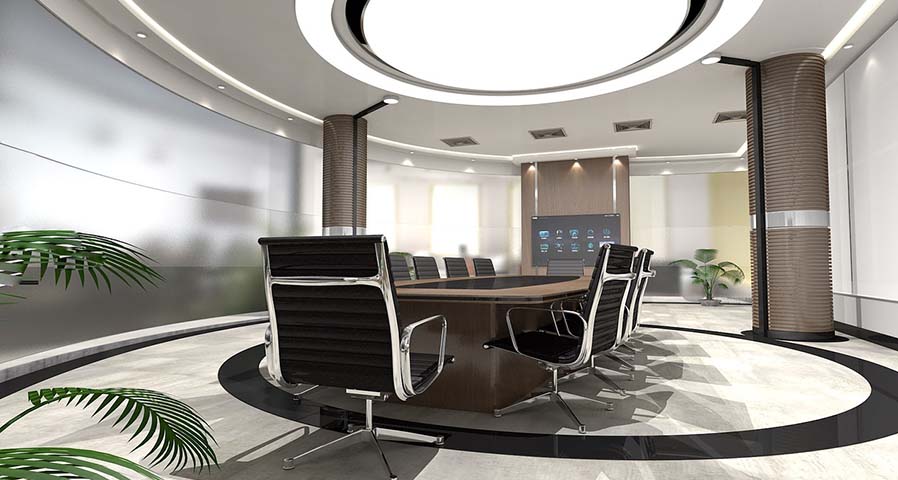
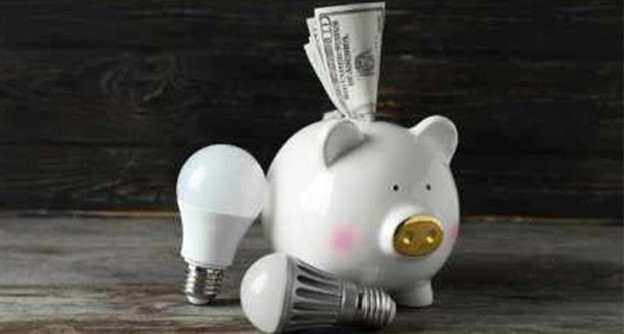
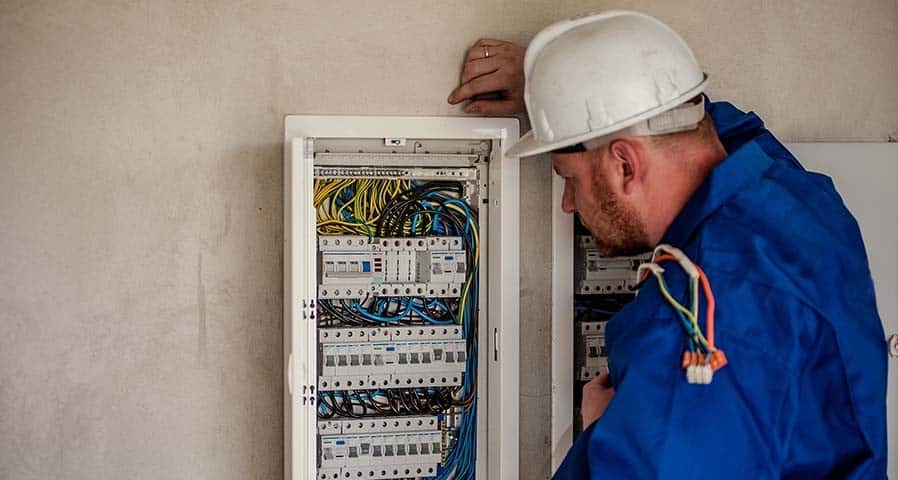
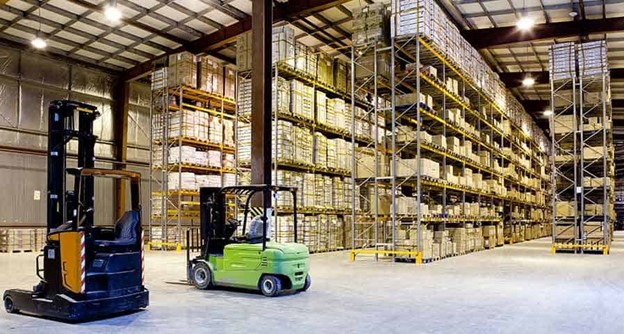
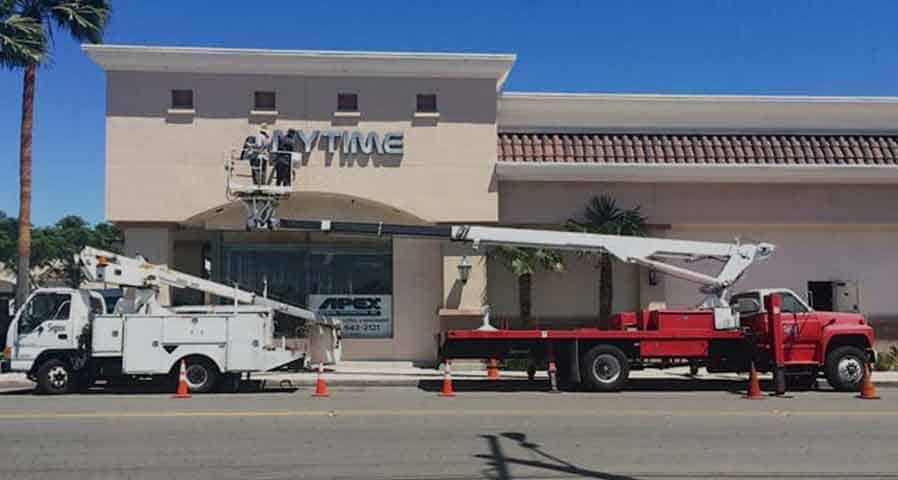

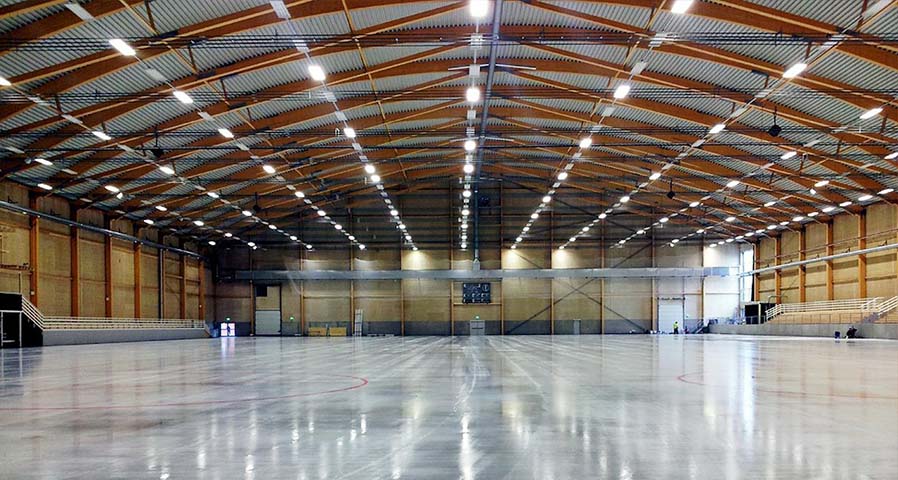
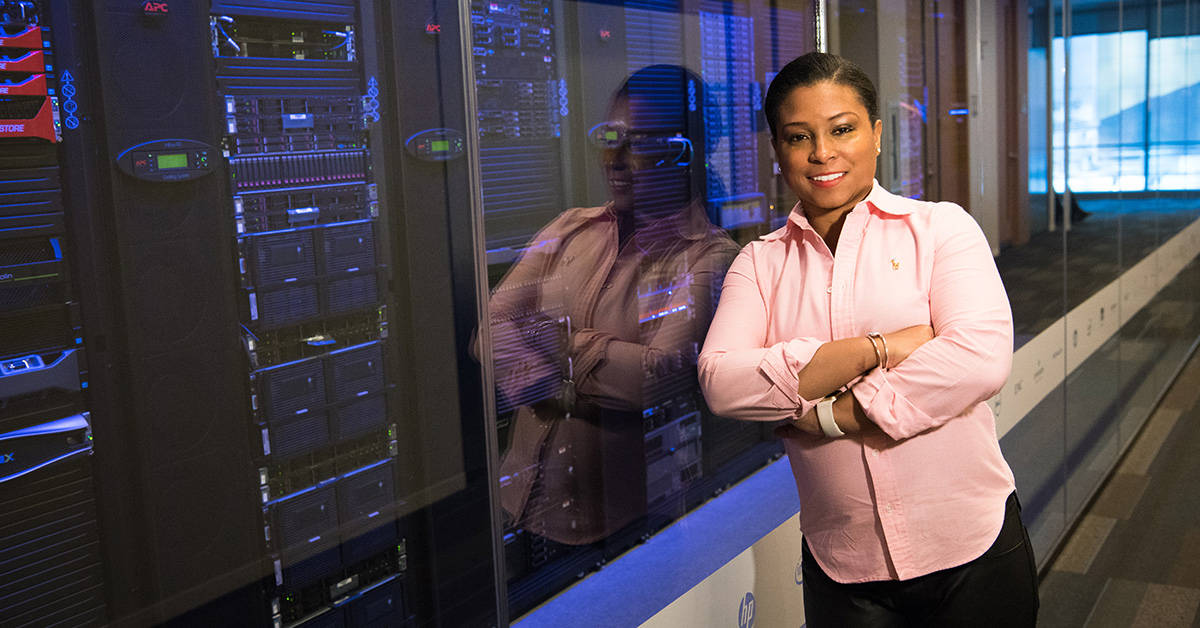






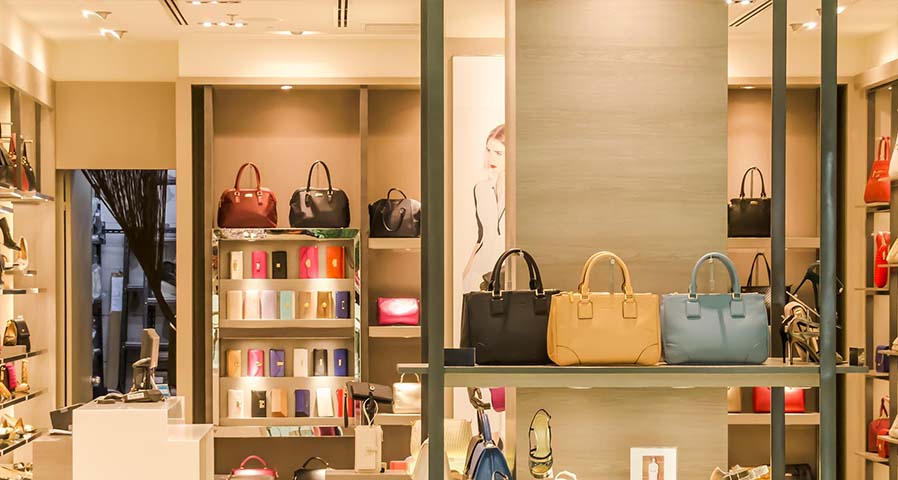
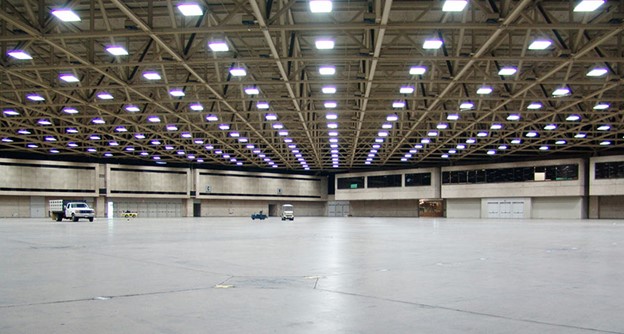


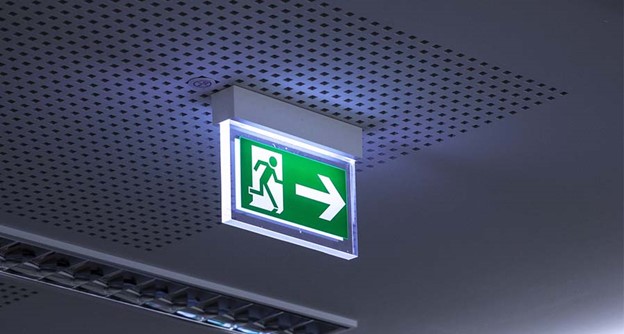
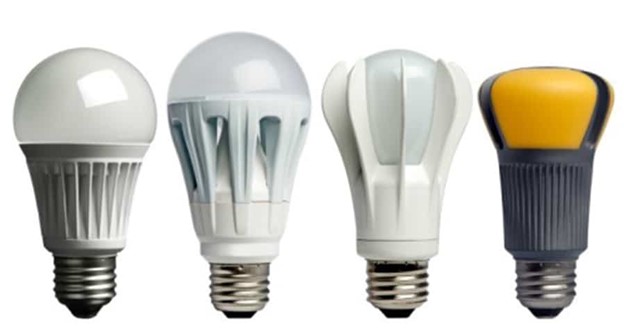
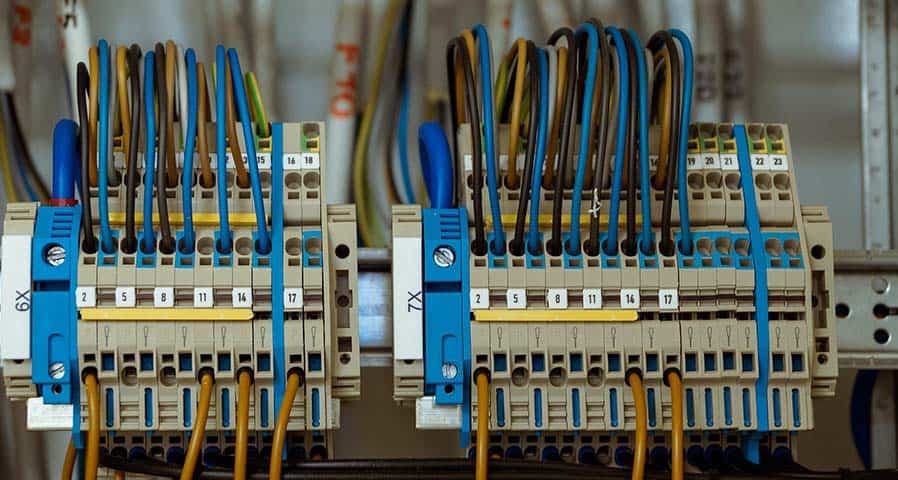
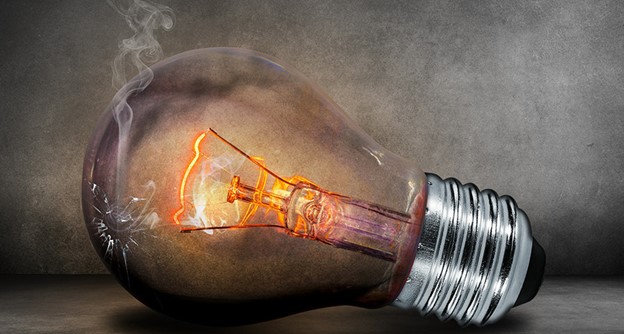
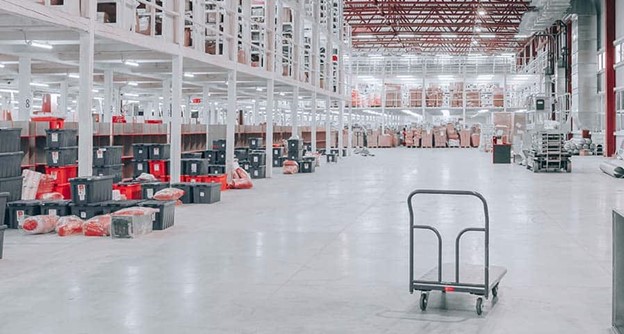

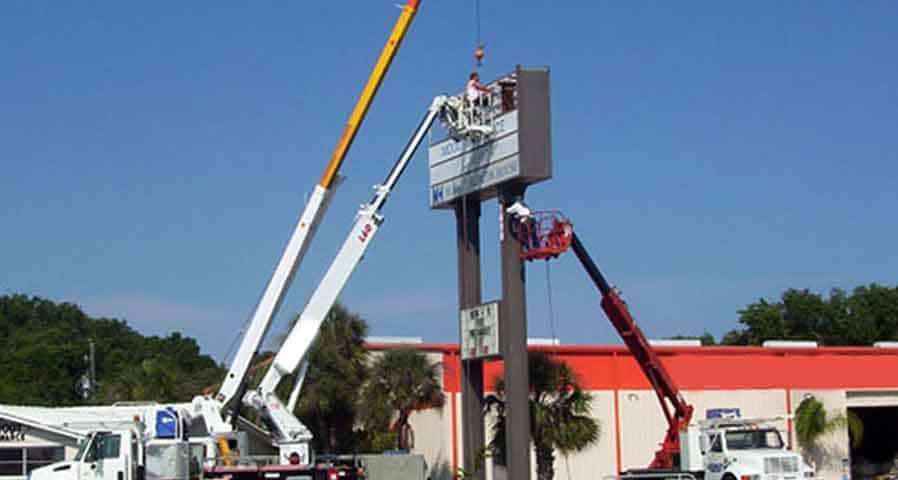

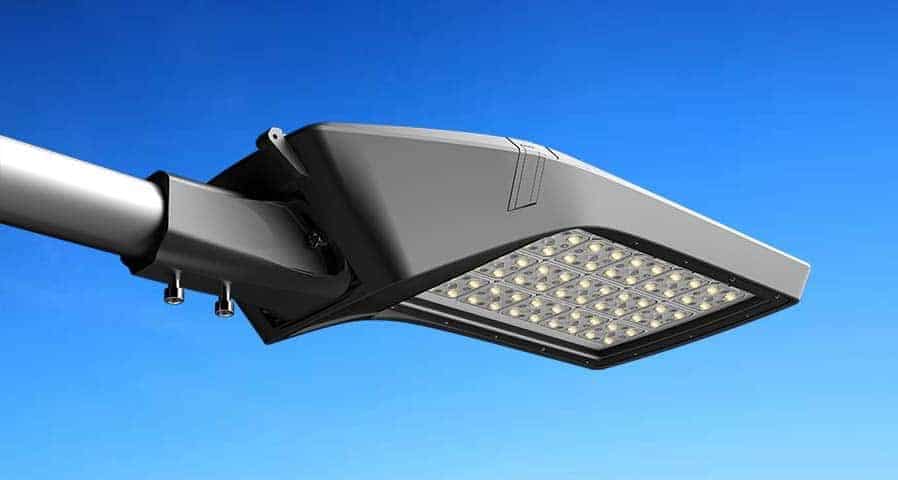
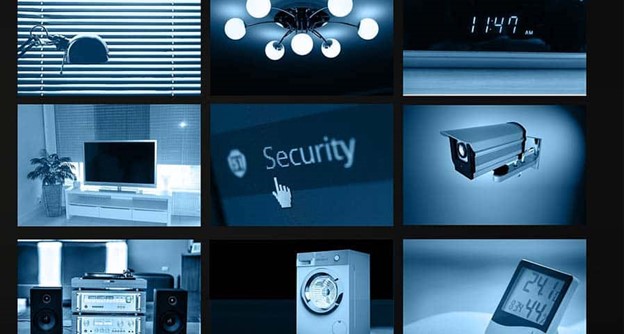

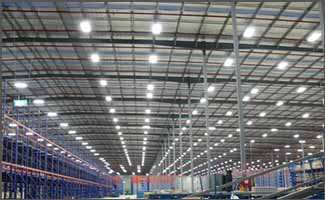

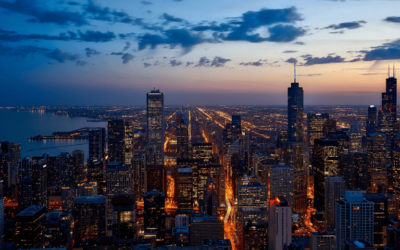




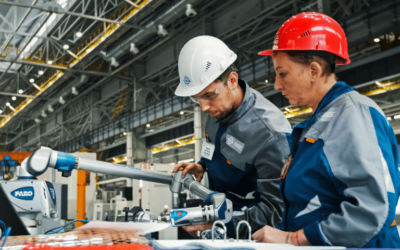
0 Comments